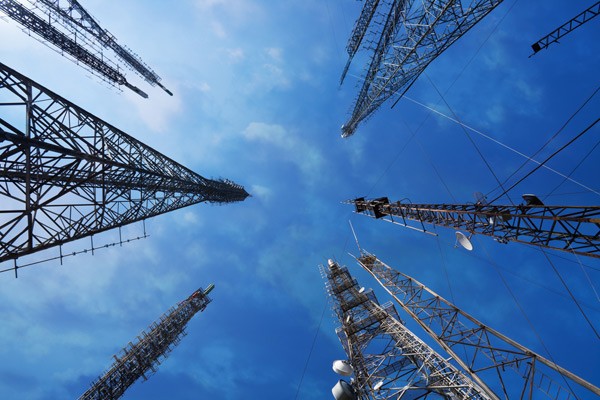Radio is getting its second wind.
The Federal Communications Commission (FCC) considers expanding the available radio spectrum to accommodate the increasing user population. The new “Citizens Broadband Radio Service” it announced last year will permit unlicensed radio spectrum users to access frequencies beyond 3.5 GHz.
All wireless communication critical to the U.S. economy and government converses via the radio frequency spectrum. From 3 kHz (Kilohertz) to 300 GHz (Gigahertz), both the National Telecommunications and Information Administration (NTIA) and the Federal Communications Commission (FCC) partition this spectrum to different users. The NTIA regulates federal use while the FCC regulates commercial use.
According to the U.S. Government Accountability Office, on this spectrum, Maritime Navigation Signals use the spectrum from 3 kHz to 30 kHz and cellular devices use the spectrum from 300 MHz to 3 GHz.
Incumbents at 3550-3650 MHz (3.5 GHz-3.6 GHz), according to CommLawBlog, “are high-powered ground and airborne military radars,” and “earth stations that receive satellite signals.” The FCC’s plan calls for all spectrum users to share this extra 500 MHz (Megahertz) of radio spectrum, unlicensed and federal. “On the face of it,” CommLawBlog comments, these are “poor candidates for sharing.”
FCC officials believe sharing this spectrum will work. Their proposal establishes three priority levels governing access.
Incumbent Access (IA) is the highest priority level, and reserved for incumbent users. Players in this group will be free to cause interference to anybody (but each other), and enjoy protection against interference from everybody else.
Priority Access (PA), the second priority level, will be an auctioned honor on the spectrum addendum by the FCC. Seventy four thousand auction areas will be established nationwide, each with a few thousand people, following political boundaries and city lines. Each auctioned license will guarantee 10 MHz of spectrum use.
General Authorized Access (GAA) is the lowest priority level, allowing free access to the spectrum not occupied by the other two categories. According to the FCC, it will reserve 50% of the bandwidth to PA users, accounting for incumbent use, and 50% of the bandwidth to GAA users.
“Critical facilities,” says CommLawBlog, including hospitals and public safety organizations will be able to reserve 20 MHz of the GAA spectrum for indoor use only. Other GAA users will not be allowed to access those frequencies in those buildings.
Key to the operation is the Spectrum Access System (SAS), envisioned by the FCC, managing all users (except the incumbents) in real-time. Devices will report to the SAS, disclose its location, request permission to transmit, and wait to be assigned a specific frequency.
“This system,” says the New York Times, “would need to use a centralized system to scan the radio waves” to “find which frequencies are available” and “choose the best one for a mobile device to make a connection.” The mobile devices, as well, equipped with special sensing circuitry and choose less crowded frequencies by detecting other cellular devices.
While seemingly an obvious solution to the spectrum oversaturation problem, Steven Crowley says finally the technology “for the radios is just now becoming ripe to use for this type of thing.”

